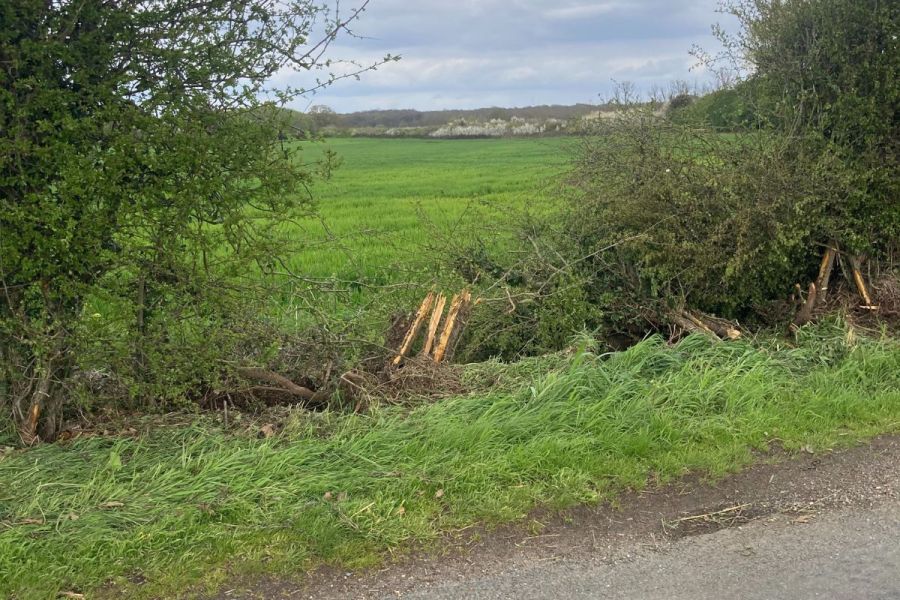By Guy Smith
When it comes to making decisions, I suffer from the ‘half-right, half wrong’ school of farming.
By way of example, last autumn I couldn’t decide whether to spray the rather expensive Luximo (cinmethylin) herbicide or not. So rather than commit either way, I sprayed half the wheat acreage leaving the other half with cheaper options.
Six months later the Luximo sprayed area looks cleaner of grassweeds but whether I will get back the extra £10-20/ha it cost is debatable, especially now the wheat price has plummeted. Either way, I’ll be half-right or half wrong about my choice of autumn herbicide depending on which fields I do the number crunching for.
To continue this theme of spreading the risk, I’ve been getting some AB8 and AB15 applications ready but I’m leaving the moment of commitment as late as possible to allow me time to watch the markets. With cereal and oilseed prices currently in the doldrums, some of the CS options now seem to be more attractive – in the sense that a poke in the eye seems preferable to two pokes in the eye.
But commodity prices do seem very prone to jittery markets at the moment. The two main unpredictable drivers being rain in the Midwest, along with which side of the bed Vladimir Putin gets out of in the morning. So my thinking is that if I get some CS applications in now, I can wait till the autumn to decide if I intend to see them through. As always, I love a good reason to prevaricate.
Aside from markets, the other constant roulette wheel we struggle with is oilseed rape establishment. It’s crucially dependent on rainfall after drilling, which in the past two autumns failed to arrive in the necessary quantities. Basically, we need an average of 10mm a week in the four weeks after putting the seed in the ground for the crop to chit and then grow away from the dreaded flea beetle, which we are now defenceless against when it comes to protection using insecticides.
So my current thinking is to develop a rotation with either OSR or AB15 as a break crop. If the OSR fails to establish, then the already applied for AB15 will be actioned in terms of field management. The next killer question is which is better for grass weed suppression? While we still have propyzamide in the arsenal, OSR remains a decent cleaning crop, especially if you can squeeze in a pre-drilling glyphosate.
AB15 on the other hand is less straightforward and less tested. My recollection from the years of set-aside and ELS margins was that spring mowing was an effective way to behead blackgrass but, far from killing the beast, it seemed to encourage the stuff to produce more, albeit smaller, heads at a lower height. Obviously, after year one of AB15 without the mowing option, you will have to live in fear of grassweeds rearing their ugly head during the second year. At such times, the words of our farming forefathers ring in our ears – ‘one year’s seeding gives you seven years of weeding.’
What is interesting is that Defra promote AB15 to farmers as a cultural way to control blackgrass in an arable rotation. The inconvenient truth is that this is not very compatible with Defra’s other desired outcome from CS options, that being biodiversity, soil improvement and locking up carbon. As any farmer will tell you, what looks good on paper can flatter to deceive in practice. I remain sceptical about blackgrass control, particularly on heavy land.
So I’m sitting on my hands when it comes to deciding next year’s cropping. As usual I’ll probably be half right, half wrong.
This article was taken from the latest issue of CPM. For more articles like this, subscribe here.
Sign up for Crop Production Magazine’s FREE e-newsletter here.




